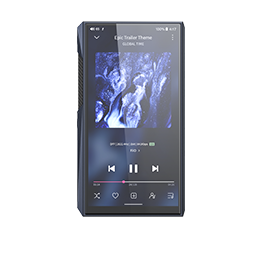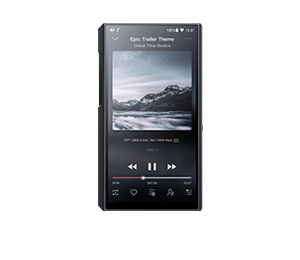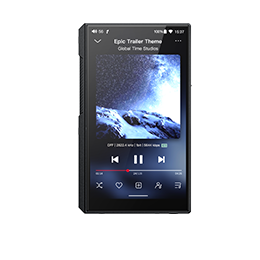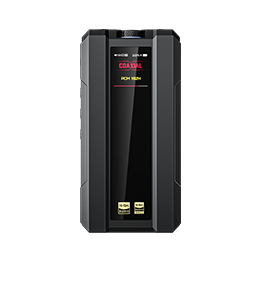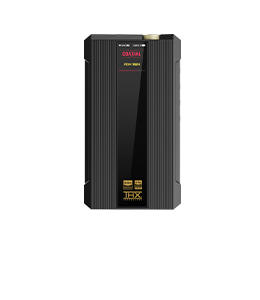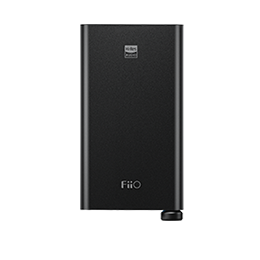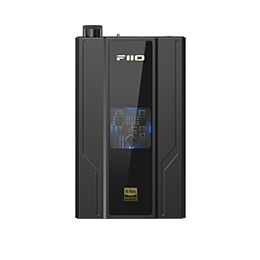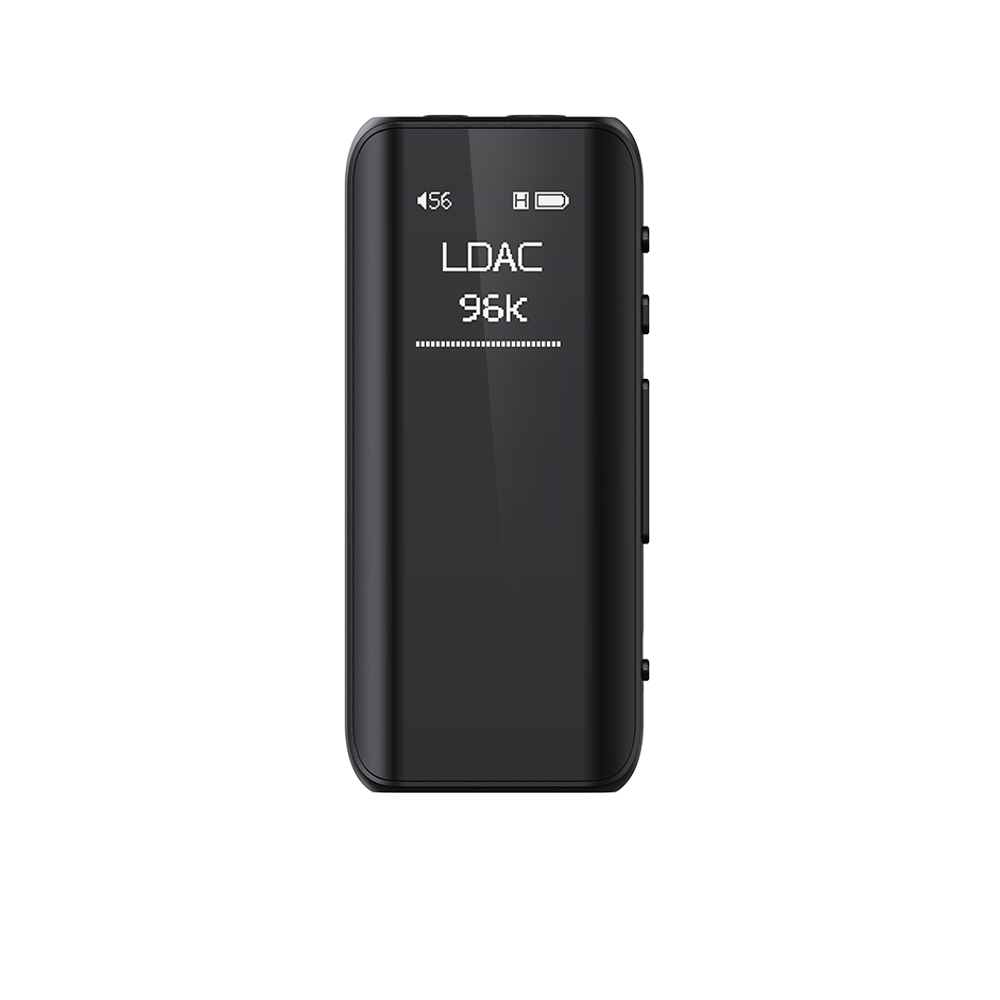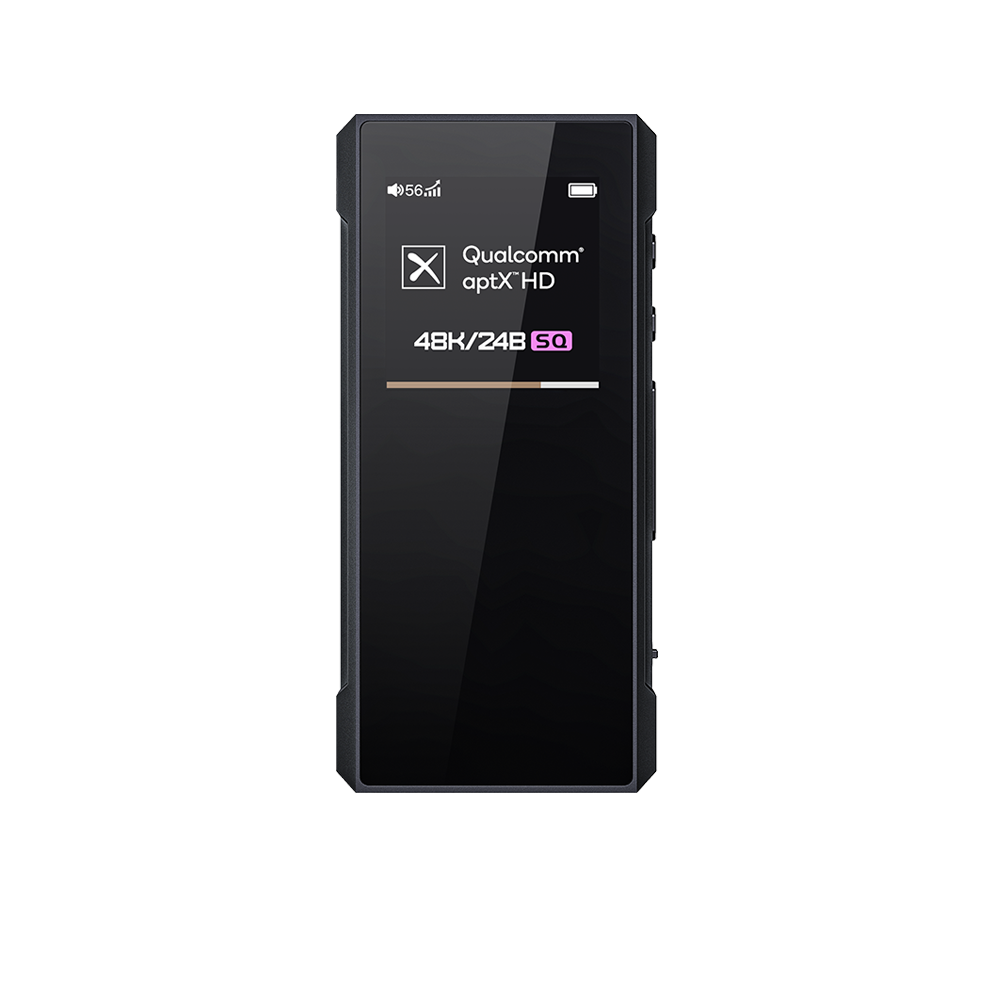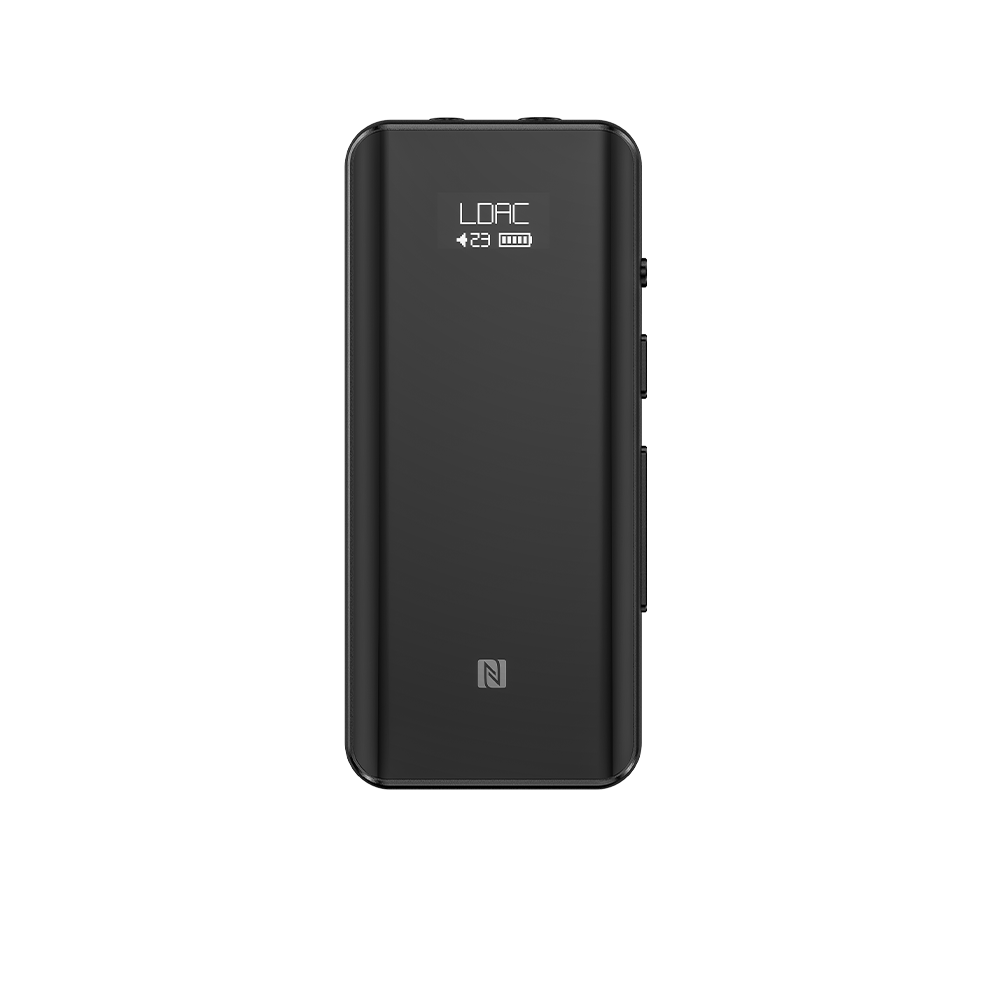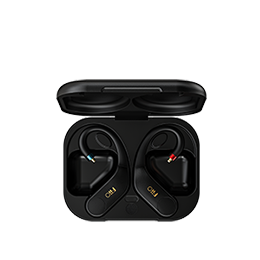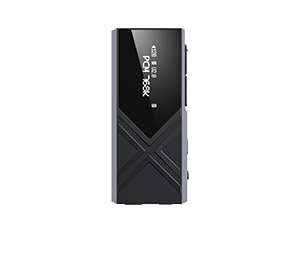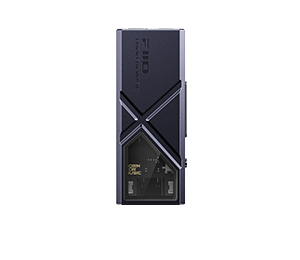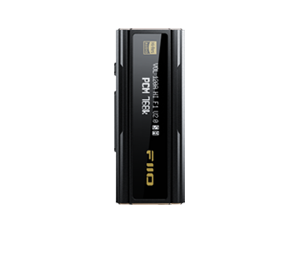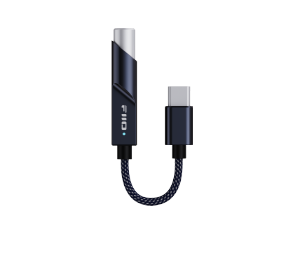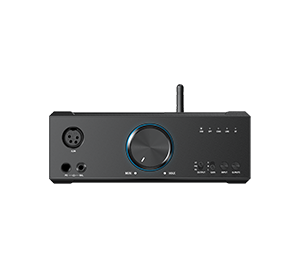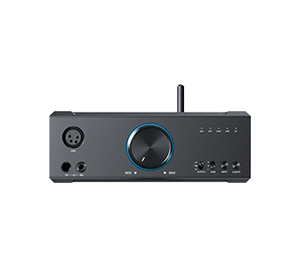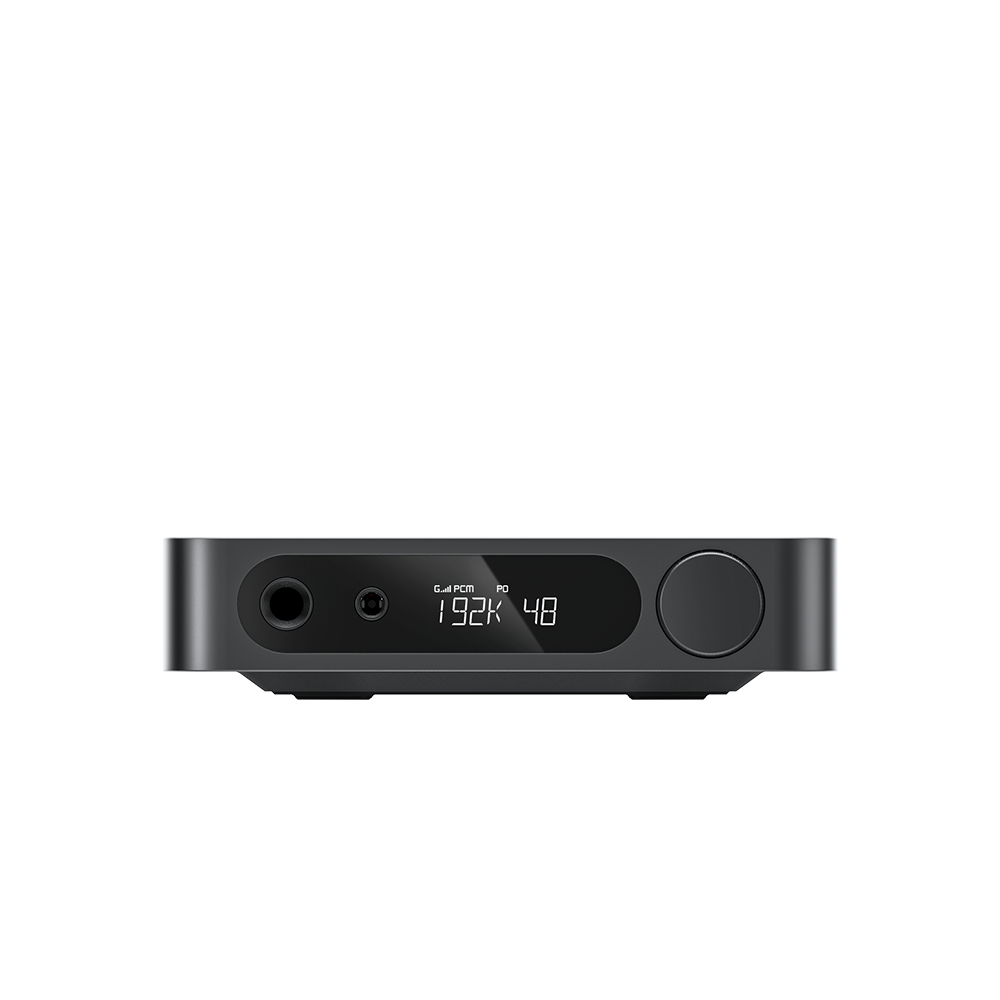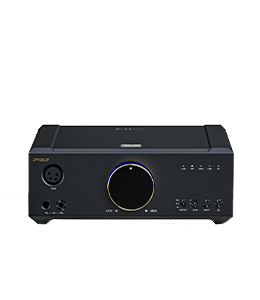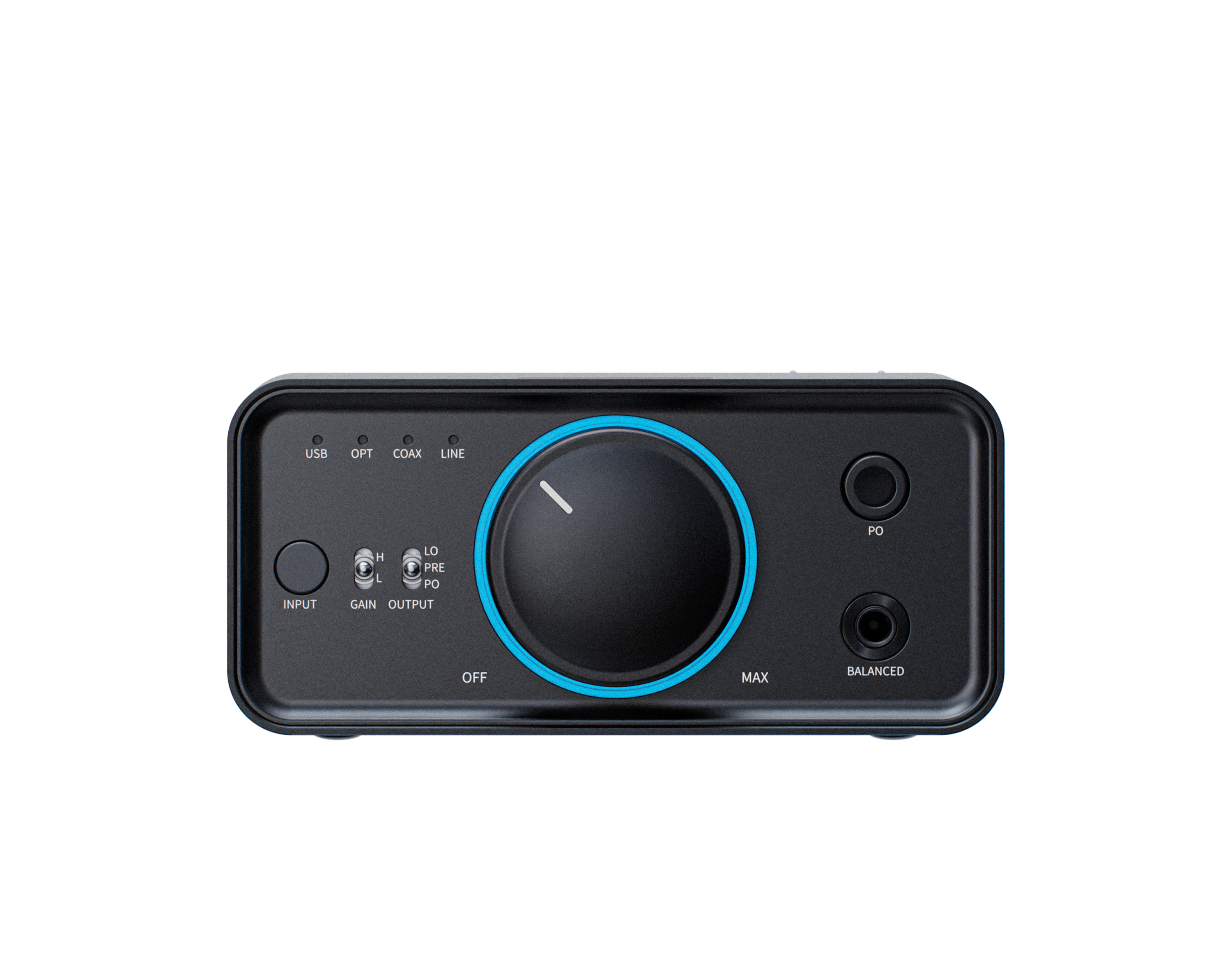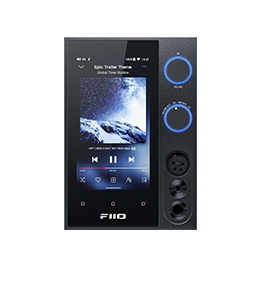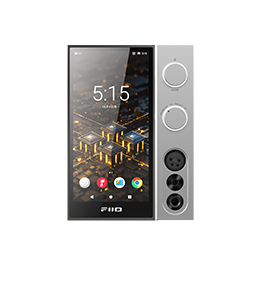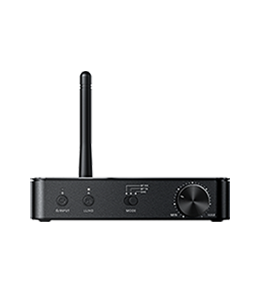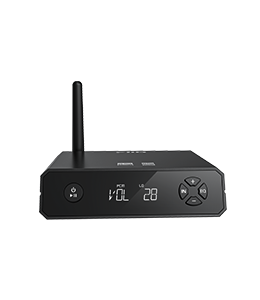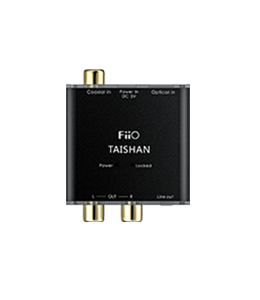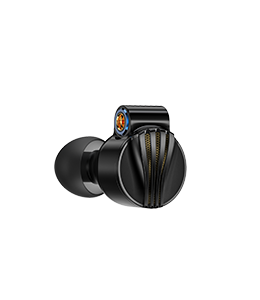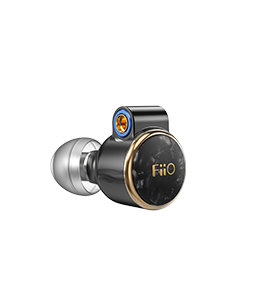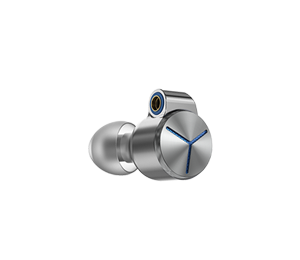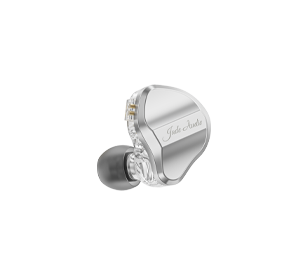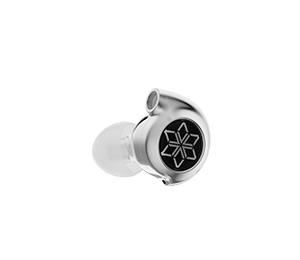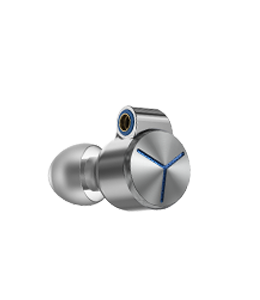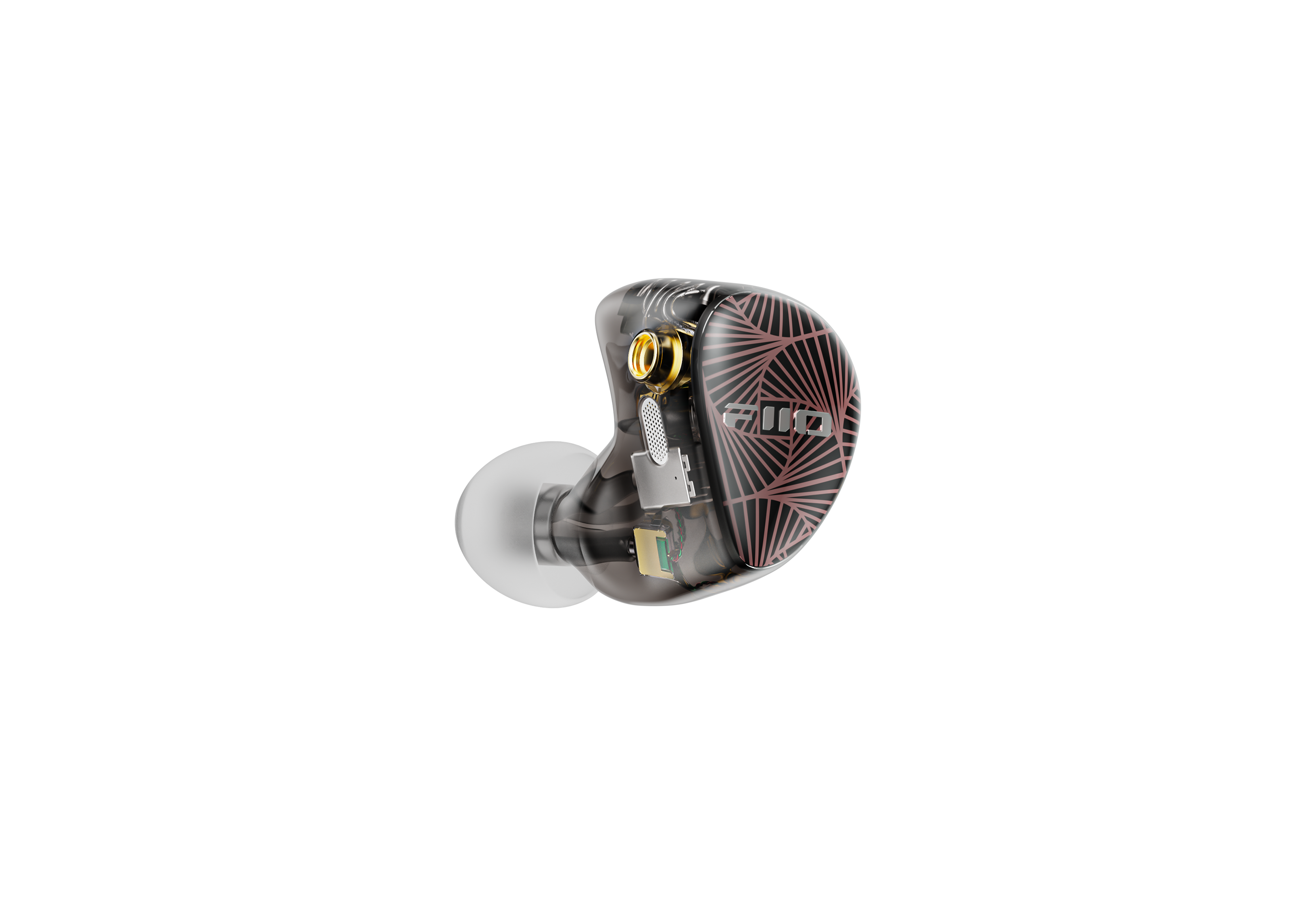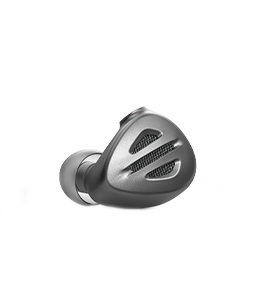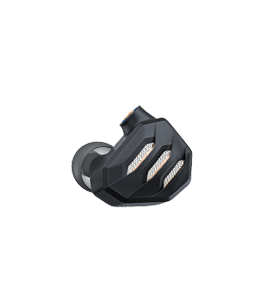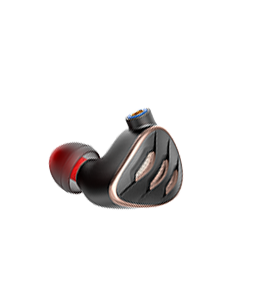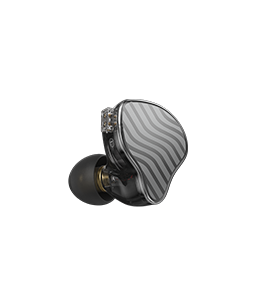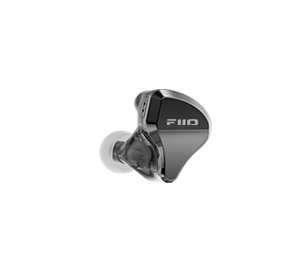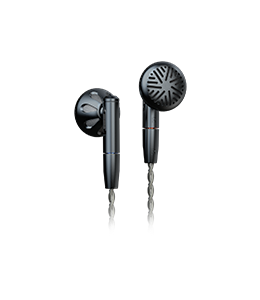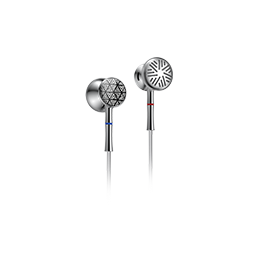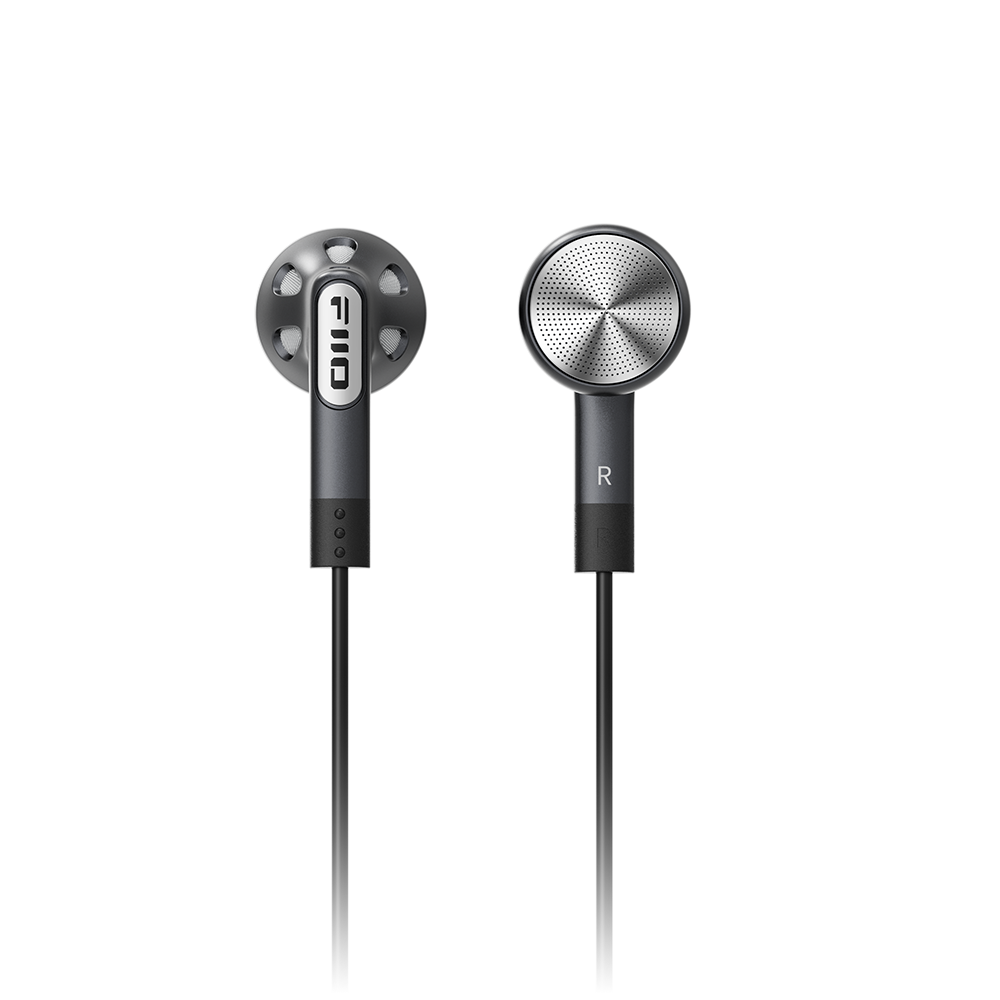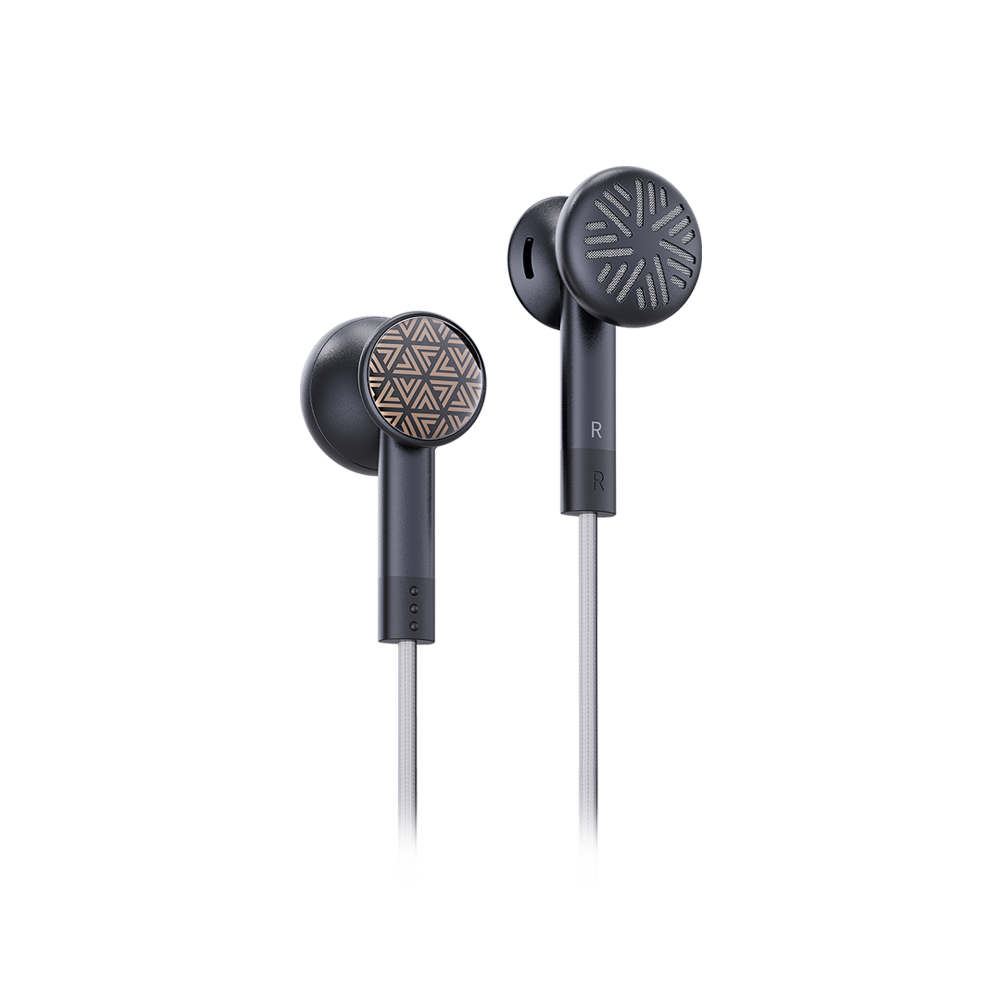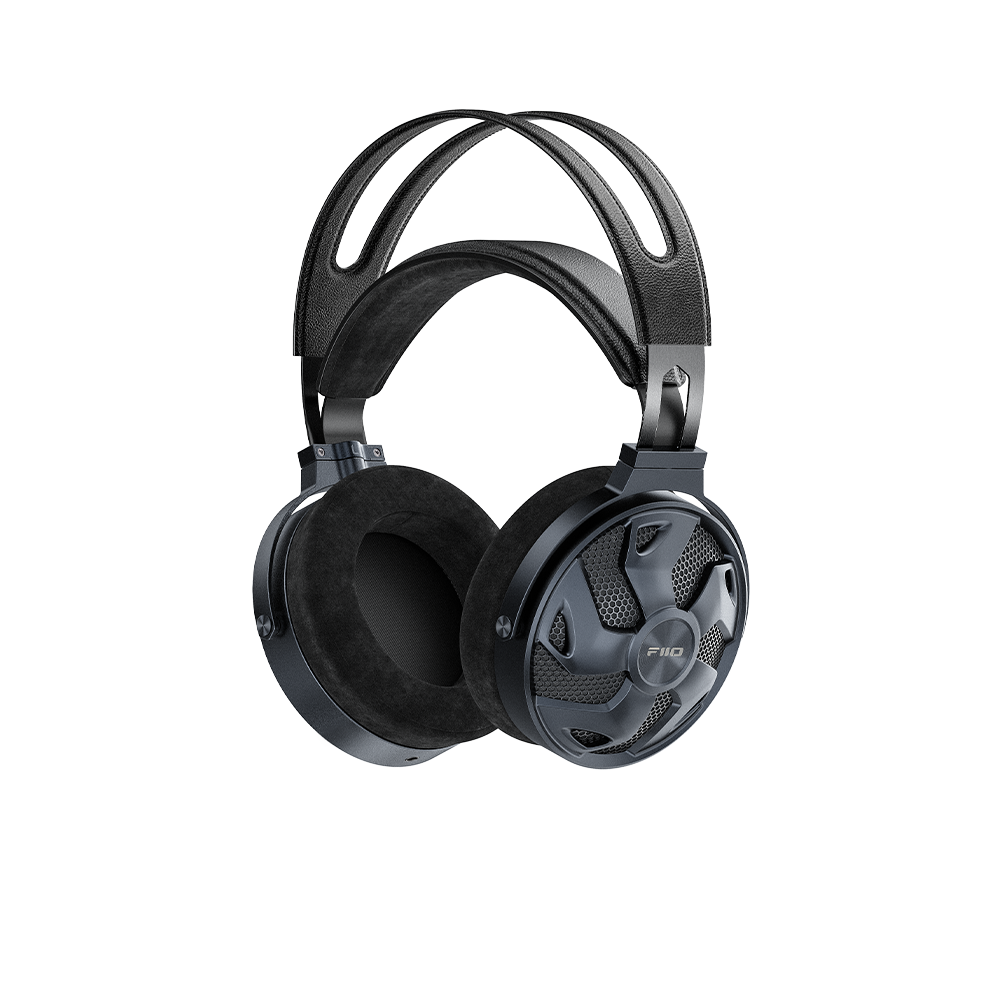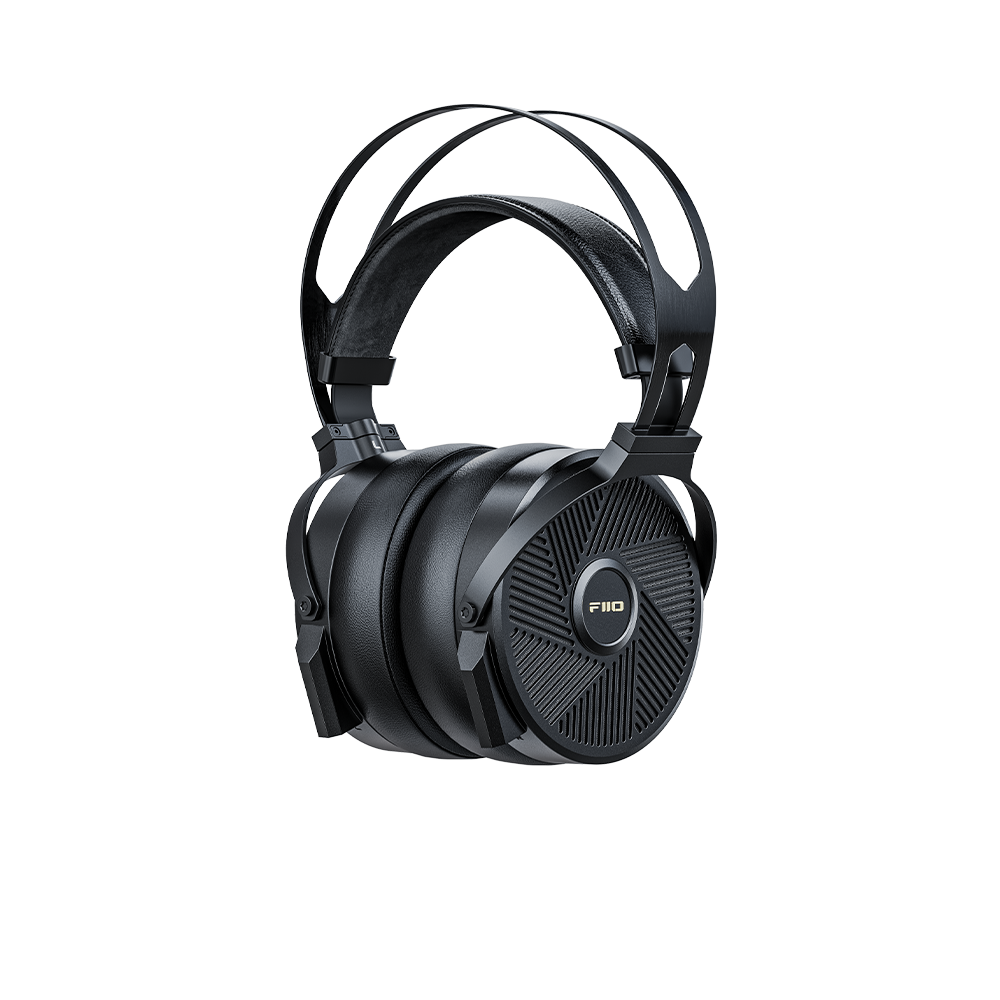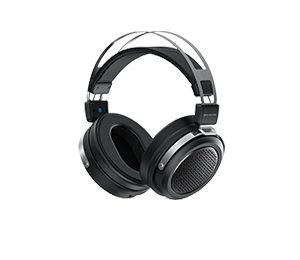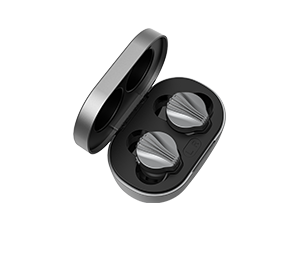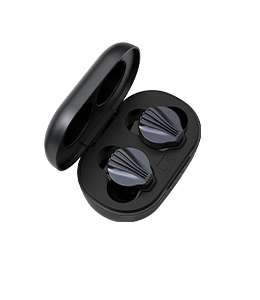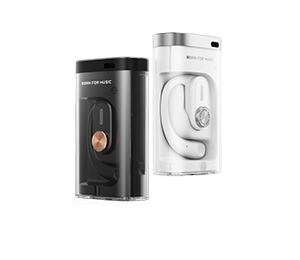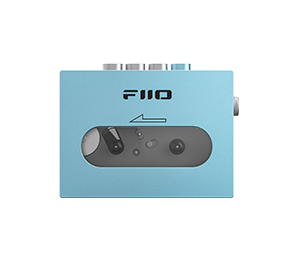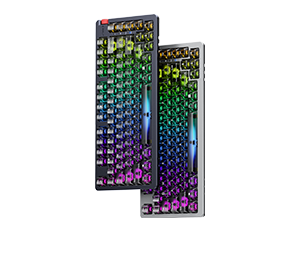Review: Fiio Q5 DAC
Author:GUIDO GABRIELE
Review from:iLounge
→→ Read the original article on iLounge:>> Click here
When Apple removed the headphone jack from the iPhone, many panicked, worrying that it would be more difficult to use headphones on the go. We saw it as an opportunity — an incentive for more companies to make portable DAC/amplifier accessories that could take a clean digital signal from the iPhone's Lightning port and use quality dedicated audio hardware to drive high-quality headphones. In many ways, that's exactly what we've seen — a wide array of portable audio hardware, wired and wireless, large and small, cheap and expensive, that have provided great audio for almost any use case. Fiio's Q5 is a new multifunction device with some unique features that make it possibly the most versatile portable DAC/amp we have yet seen.

The Fiio Q5 is about the size of a deck of playing cards, and surprisingly light despite its all-aluminum construction. Its casing has a design language similar to that of its X5 and X7 DAPs, with sandblasted and lasered aluminum finishes offset by a polished chamfered edge and a leather(ish) panel on the back for safe mounting to mobile devices. On one side is a power button, DSD-decoding indicator, and a knurled aluminum volume knob with just enough resistance for comfort. On top of the device is a gain switch, bass boost switch, 3.5mm optical/coaxial/line input, and 3.5mm line out jack. On the right side of the device are track controls, a dedicated USB charging port (as with the Chord Mojo, the Q5’s signal and charging circuits are separated for a cleaner output signal). Finally, on the bottom is a USB digital input, 3.5mm headphone jack, and 2.5mm balanced headphone jack. The Q5 is MFi certified, which means it connects perfectly to iOS devices without the need for a Camera Connection Kit. It will decode PCM audio up to 32bit/384khz, DSD up to 256, and supports Bluetooth (aptX and AAC). The Q5’s build quality is characteristically Fiio — everything feels solid — though in our short period of testing, the Q5’s chamfered edge already showed signs of wear. In the box are Fiio’s usual generous complement of accessories: digital and analog cables, two sets of silicone bands, coaxial and optical cable adapters, a mesh pouch, and a screwdriver.

The screwdriver in the box hints at the Q5’s most interesting feature: swappable amplifier modules. Many portable DAC/amps have gain switches, but we’re aware of none that can also adjust their power output like the Q5. Fiio bundles their “AM3” module with the Q5 — a medium-power amplifier that maxes out at 300 mW into 32 ohms and features both balanced and single-ended headphone outputs. Users can also purchase the low-power AM1, the medium-power AM2, or the high-power AM5 depending on their use case, each of which feature different amplification hardware suited for headphones of various types. For our review, Fiio sent us their brand-new AM3B module, which swaps the AM3’s 2.5mm balanced headphone jack for the new 4.4mm “pentacon” connector — a new headphone jack standard currently being championed by Sony that is still somewhat rare in the headphone world. Though there might have been a more elegant — possibly cheaper — way to make the Q5’s power output scale like this, even though screwing and unscrewing T5 screws is a little tedious, we can’t deny the appeal of swapping amp modules like old-school video game cartridges. Higher-power modules will undoubtedly reduce battery life, and the unit gets warm in use, especially while charging.

We tested the Q5 in a variety of different scenarios. It works flawlessly over USB with iOS, macOS, and Windows without drivers, though you’ll need drivers to utilize the Q5’s full potential with Windows. From a usability standpoint, the inclusion of Bluetooth is great — it simply isn’t practical to have stacked devices in your pocket at all times. The Q5 switches inputs automatically depending on what’s connected, though Bluetooth must be manually switched on after any other wired input is used. Fiio provides extreme detail about the Q5’s internal topology, but here are the important bits: dual AKM AK4490EN DACs, a 3800 mAh battery, 150 mW (unbalanced) and 400 mW (balanced) into 32 ohms, distortion under .0002 percent, SNR 115 dB, and Hi-Res certified. We spent a week using the Q5 over USB, optical, and Bluetooth, and it sounds great, even with Bluetooth. As for the AM3B amplifier module, we were lucky enough to have Sony’s new Z1R flagship headphone on hand, which uses the 4.4mm jack for its balanced cable — the Q5 drove the Z1R’s 70mm, 64-ohm drivers with ease, even on low gain. The Q5 sounds clean and distortion-free, even when pushed to its gain and volume limit. We didn’t like the Q5’s bass boost — Fiio’s bass boost implementation has always sounded a little blunt to us, especially compared to some of the other DAC/amps we’ve tested. For those who don’t want to have to switch back and forth between 2.5mm and pentacon jacks, Fiio also offers their BL44 adapter cable, made of high-quality wire, which adapts the more-common 2.5mm balanced plug to the AM3B’s 4.4mm jack.

We’ve reviewed a number of do-it-all audio devices in the past few years; our nerdy nature can’t help but be drawn to the versatility. Even in that company, the Q5 is an impressive device. Add to the usual list of inputs and outputs swappable power amp modules, dedicated power circuits, and Bluetooth streaming, and we think they’ve got something special here. We might have preferred a housing that was slightly more pocketable — perhaps rounding some of the Q5’s sharp corners — but we generally like this device very much. We’d like to try out the high-power module and see how the Q5’s battery holds up, but for now we’re quite happy with its performance.





